Ultimate Care Guide: Keep Your Felting Slippers Cozy and Durable
Felting slippers has become one of my favorite crafts lately, and it’s easy to see why. This ancient technique transforms wool into cozy, durable footwear that’s both stylish and incredibly comfortable. It’s a perfect blend of art and practicality, making it a hit among DIY enthusiasts and fashion-forward individuals alike.
What’s more, felting slippers allows for endless creativity. Whether you’re aiming for a minimalist design or something more elaborate, the process is surprisingly straightforward yet deeply satisfying. I’ve discovered that with just a bit of patience and the right materials, anyone can create their own unique pair of felted slippers. Join me as I dive into the ins and outs of this fascinating craft.
Key Takeaways
Benefits of Felting Slippers
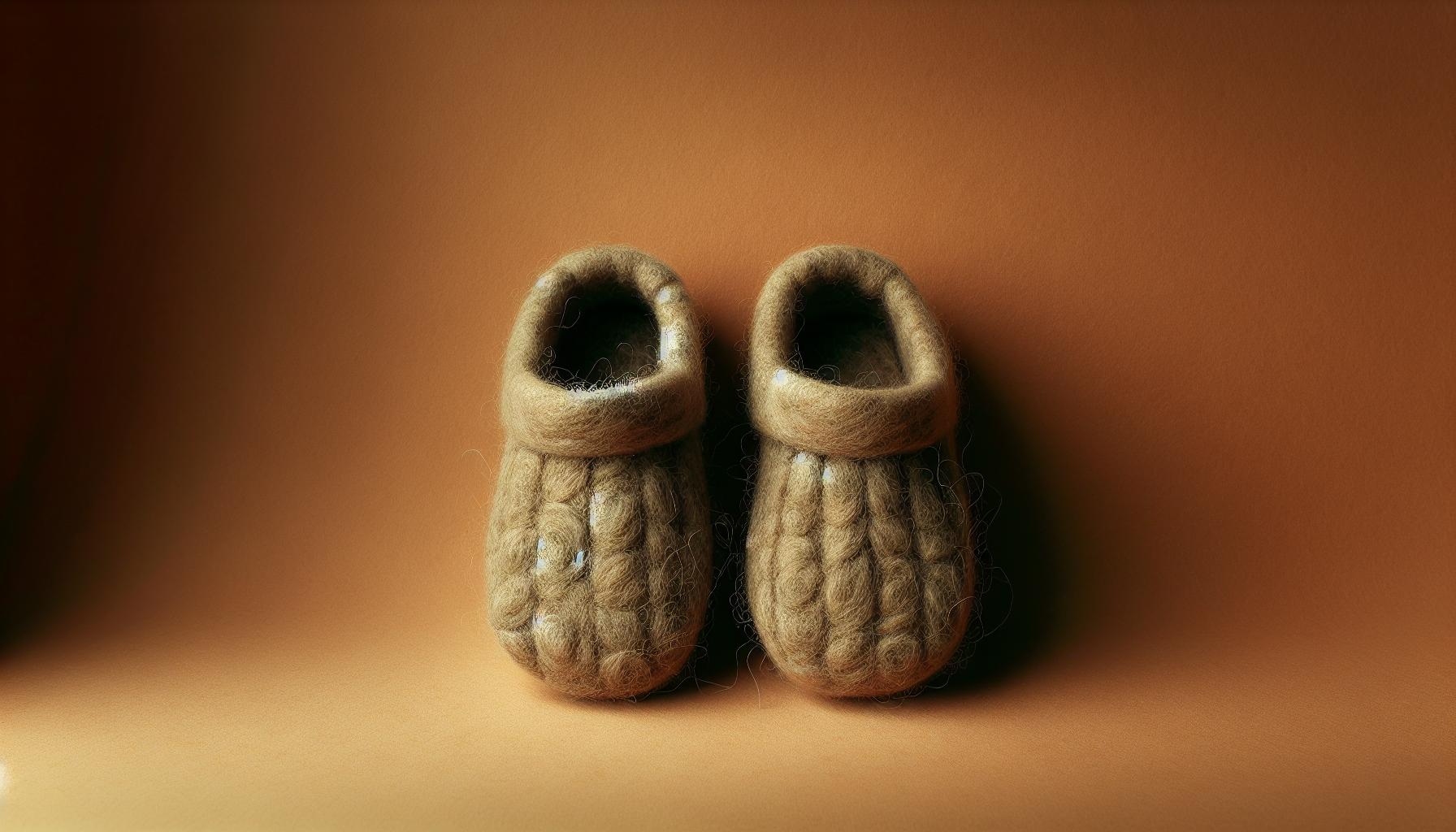
When I first explored the world of felting slippers, I was amazed by the bundle of benefits this craft offers. Not only do felted slippers stand out for their unique aesthetics, but they also boast functionality and comfort that are hard to find in conventional footwear.
One of the most compelling advantages is the customizable fit. As someone who has struggled to find perfectly fitting shoes, felting slippers has been a game-changer. The felting process allows the wool to mold closely to the shape of your feet, ensuring a snug and comfortable fit that adapts to your foot’s unique contours over time.
Moreover, the natural properties of wool make felted slippers an ideal choice for footwear. Wool is renowned for its insulation qualities, keeping your feet warm in winter yet surprisingly cool in summer due to its breathability. This temperature regulation is something synthetic materials struggle to replicate. Additionally, wool is naturally antimicrobial, meaning it resists odors much more effectively than other fabrics. This feature is especially appreciated by those of us keen on maintaining fresh and hygienic footwear with minimal effort.
Another significant benefit is the durability of felted slippers. They can withstand daily wear and tear while retaining their shape and comfort. This resilience makes them a sustainable option for those looking to reduce their environmental footprint. Unlike fast-fashion footwear that ends up in landfills after a season, a well-crafted pair of felted slippers can be a long-term companion.
The process of creating felted slippers also has its rewards. It’s an incredibly therapeutic hobby that allows for endless creativity. I’ve found joy in selecting colors and patterns, making each pair a unique piece of wearable art. This aspect of felting slippers has offered me a fulfilling escape, where I can channel my creativity into something both beautiful and practical.
As we explore the craft of felting slippers further, it’s clear that this method of creating footwear is not just about fashion or a DIY project. It’s about embracing an approach that benefits our well-being, our environment, and our desire for individual expression.
Getting Started: Essential Materials
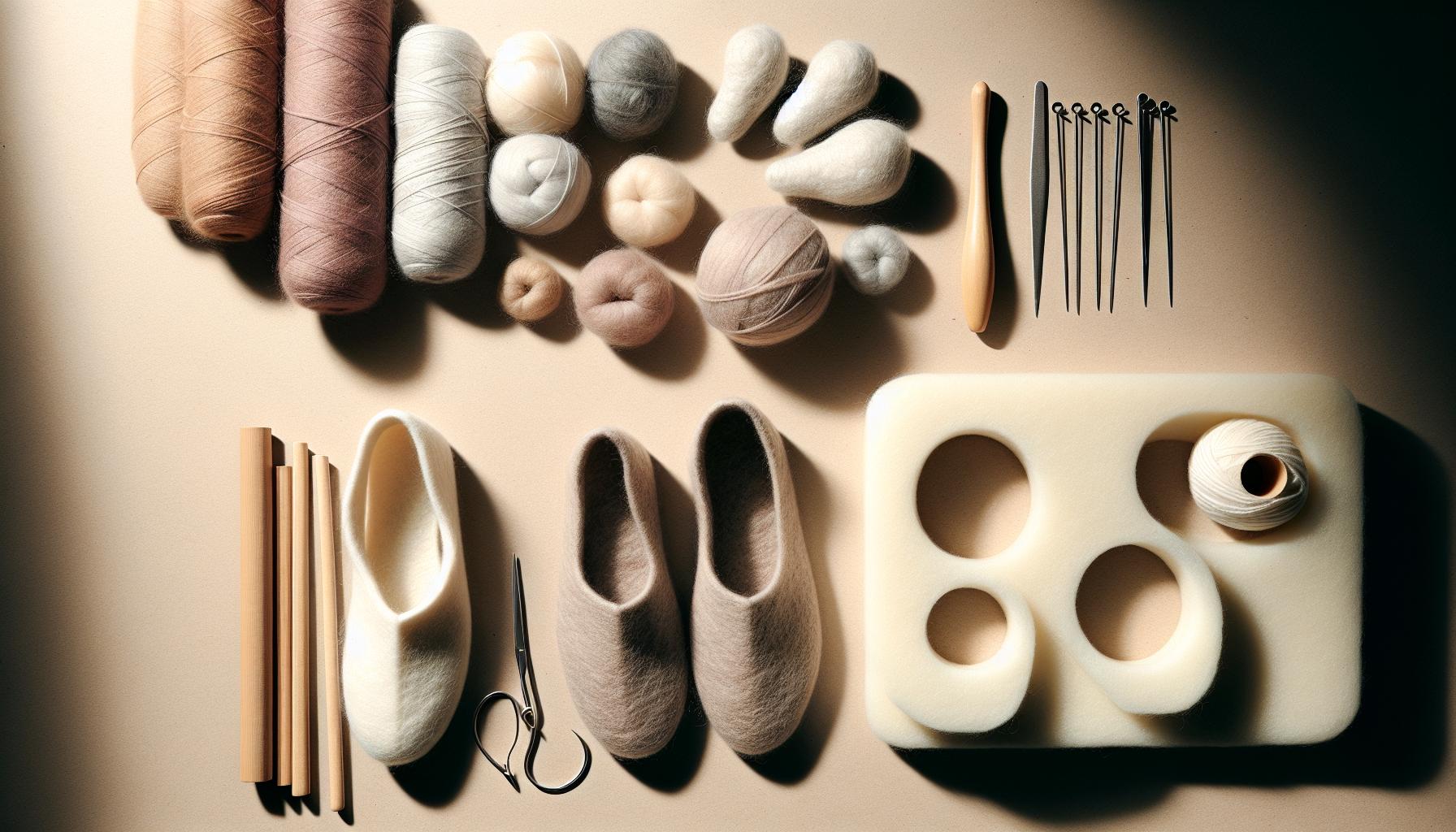
Before diving into the process of making felted slippers, it’s crucial to gather all the necessary materials. Quality wool is the cornerstone of making durable and comfortable felted slippers that stand the test of time. I’ve found that Merino wool tops work exceptionally well due to their softness and felting properties. Natural wool ensures that the slippers will be breathable, insulated, and odor-resistant.
In addition to wool, you’ll need a few other tools and materials:
- Felting needles: These are special needles with barbs on the end that help interlock the wool fibers as you poke them. A variety of sizes allows for different detailing and felting speeds.
- Felting mat: This provides a sturdy surface to work on and protects your needles from breaking.
- Resistance form or last: This is essentially a mold in the shape of a foot, which helps in achieving a snug, custom fit. You can find these in different sizes or even make one yourself.
- Soap and water: Wet felting requires gentle soap and warm water to help the wool fibers bond together.
- Bubble wrap or bamboo mat: These are used during the wet felting process to roll and compress the wool.
Here’s a simple checklist to ensure you have everything:
- Merino wool tops
- Felting needles
- Felting mat
- Resistance form/last
- Soap and water
- Bubble wrap or bamboo mat
Once your materials are assembled, you’re ready to begin the creative process of crafting your felted slippers. The journey from raw wool to cozy, wearable art is incredibly rewarding. Not only do you end up with a product that’s tailored to your comfort and style preferences, but you also engage in an eco-friendly craft that emphasizes sustainability and personal expression.
Basic Techniques for Felting Slippers
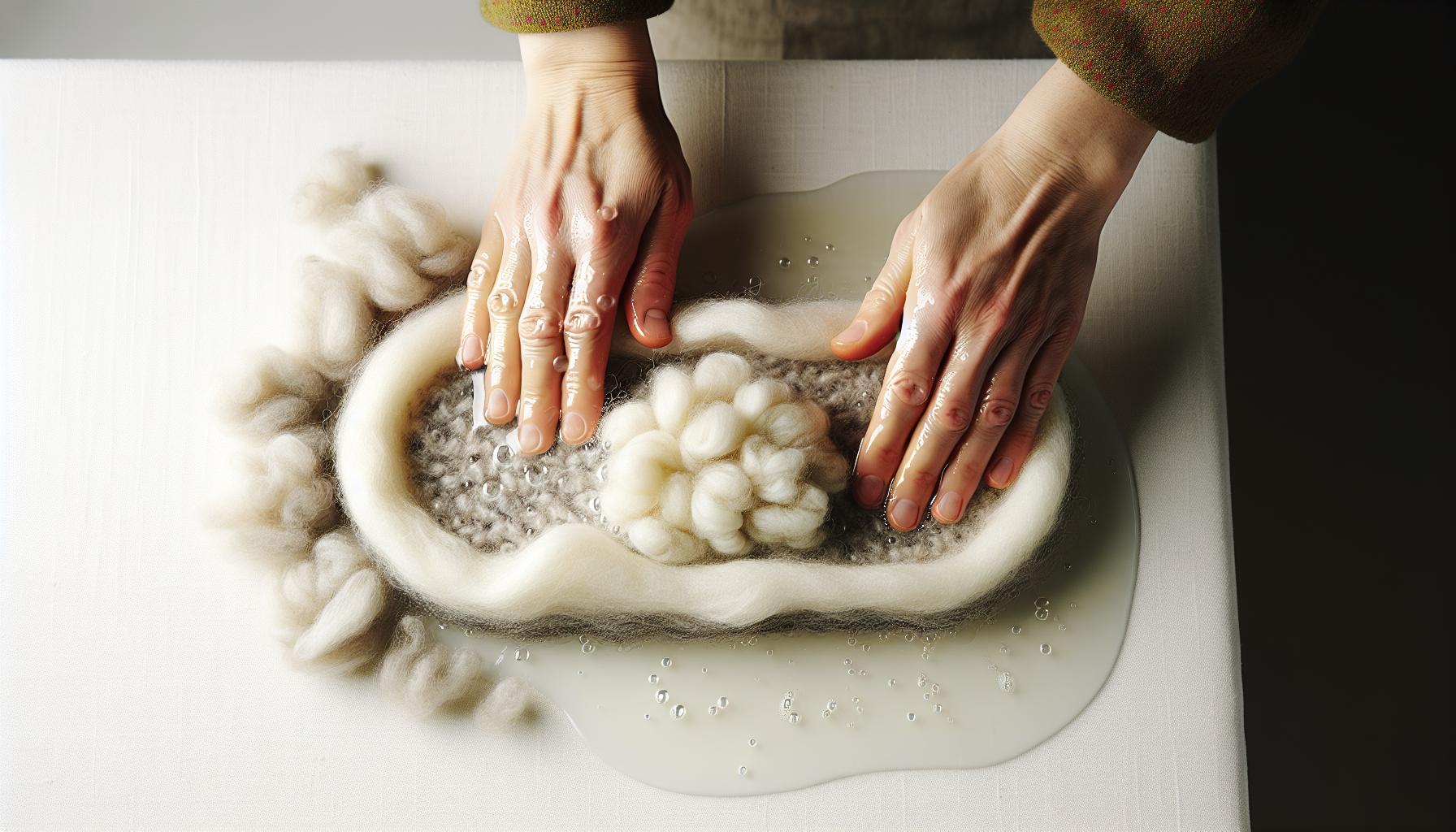
Felting slippers isn’t just a craft; it’s an art form that requires patience, skill, and a bit of creativity. While gathering all the necessary materials is the first step, mastering the basic techniques ensures your project’s success. I’m here to guide you through those initial methods, each vital in transforming wool into cozy, felted slippers.
Preparing the Wool
The preparation of the wool is where everything begins. I start by carefully laying out my Merino wool tops, ensuring the fibers are spread evenly. This step is crucial for achieving a smooth, consistent texture in the final product. Layering the wool is also a part of this stage—using crisscross patterns helps in building a durable fabric that stands the test of time.
The Felting Process
Once the wool is prepared and placed over my resistance form or last, I then venture into wet felting. This involves sprinkling warm, soapy water over the wool, gently pressing down with my hands or bubble wrap to encourage the fibers to interlock. The transformation is fascinating; what begins as loose fibers gradually turns into a solid piece of fabric. Patience is key here, as rushing can lead to uneven felting or damaging the delicate wool.
Shaping and Shrinking
After the felting part comes the shaping and shrinking process—essentially the stage where the slipper truly begins to take form. I carefully work the material around the last, paying extra attention to the toe and heel for a snug, comfortable fit. This requires constant adjustments and sometimes additional felting to ensure the slippers will comfortably hug the feet.
Implementing these techniques has always led me to create not just a pair of slippers, but a piece of wearable art that’s both cozy and styled to match personal tastes. With each pair, I’m reminded of the joy and satisfaction that comes from crafting something with my own hands, especially when the process is as environmentally friendly and personalized as felting.
Advanced Design Ideas
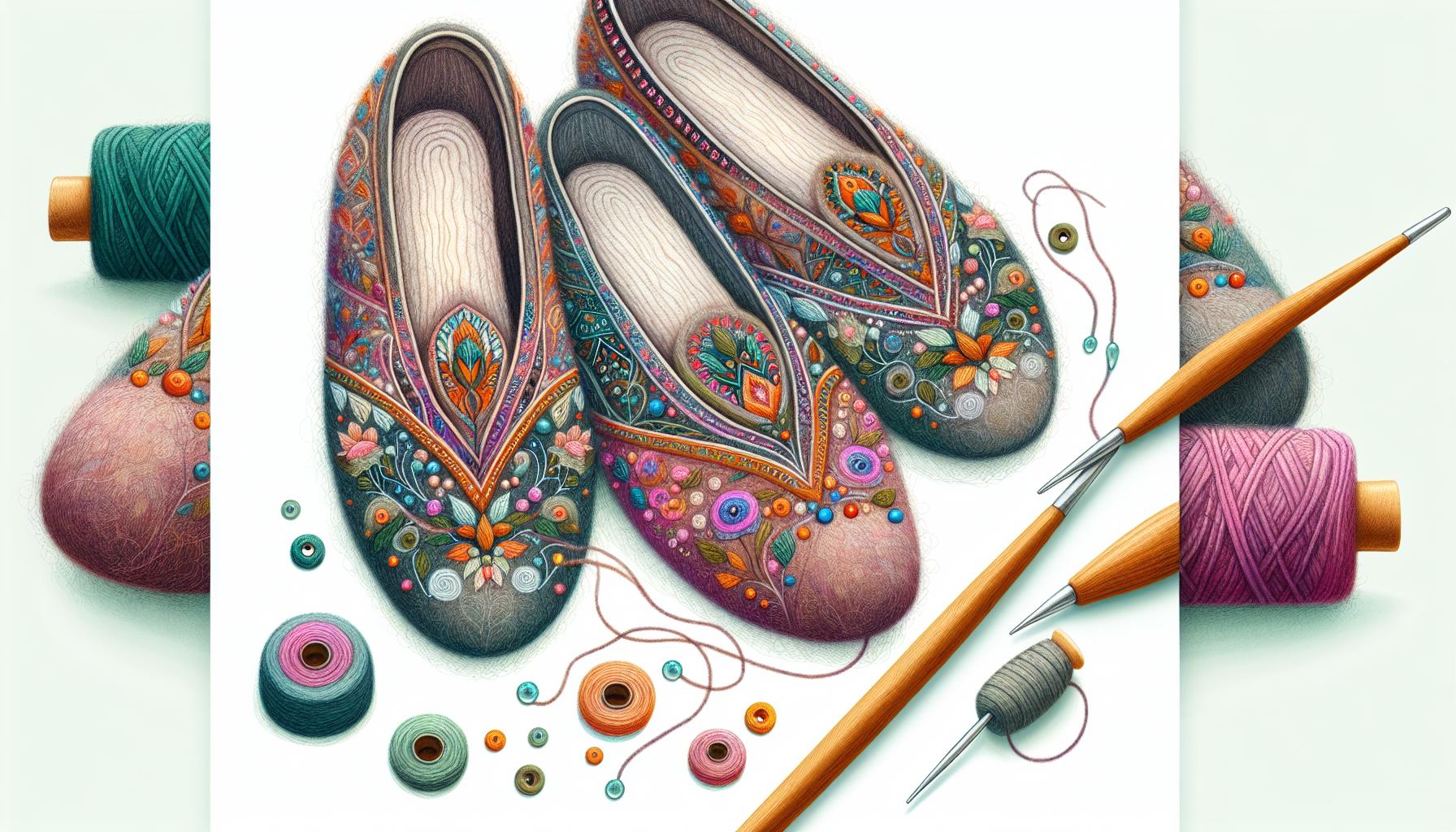
While the basics of felting slippers lay the groundwork, diving into Advanced Design Ideas can transform your creations from functional to fabulous. I’ve explored numerous techniques and incorporated a wide range of materials which not only enhanced the aesthetic appeal but also added distinct functionalities.
One of the most exciting aspects I’ve delved into is integrating different textures. By incorporating silk fibers or bamboo threads into the Merino wool before felting, I’ve produced slippers with a stunning sheen and additional strength. This not only makes the slippers stand out but also gives them a unique feel that’s both luxurious and comfortable.
Color blending is another technique that’s taken my felting projects to the next level. By carefully combining wool of different colors before the felting process, I’ve been able to create intricate patterns, gradients, and even images within the fabric of the slippers. This method requires a bit more planning and patience, but the results are absolutely worth it. It’s like painting with wool, where the possibilities are only limited by one’s imagination.
Incorporating beads and embroidery post-felting offers endless possibilities for customization. I’ve experimented with sewing small beads to create sparkle or embroidering names and designs for personalization. This not only adds a touch of elegance but also allows for a deeper personal connection to the work.
I’ve also explored the use of resist materials for creating pockets of space within the slippers. This technique can be used to add interesting visual and textural elements, like faux buttons or even creating slippers that mimic the look of other footwear, such as boots or ballet flats.
Each advanced technique opens up new avenues for creativity and personal expression in felting slippers. Through experimentation and practice, I’ve found that the possibilities are truly endless.
Tips for Maintaining Felted Slippers
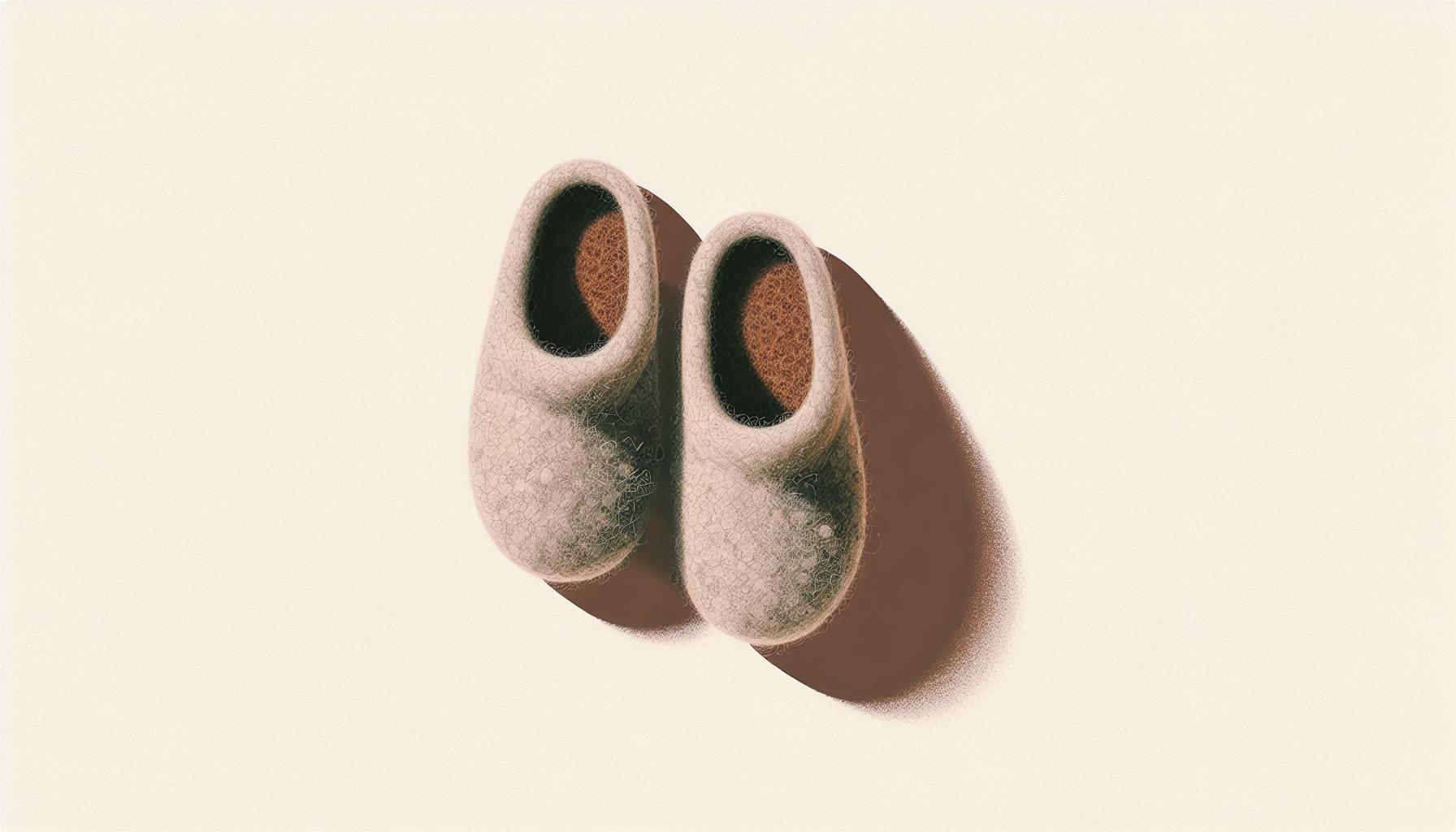
After spending hours crafting the perfect pair of felted slippers, ensuring they last is paramount. Through my experience, I’ve learned some invaluable tips that keep these cozy creations in top shape.
Regular Cleaning is Key. Felted slippers accumulate dirt and dust just like any other footwear. However, harsh washing can damage the fabric. I recommend gentle hand washing with a mild detergent in lukewarm water. It’s important not to rub too vigorously, as this can cause the slippers to lose their shape or become further felted. After washing, reshape them while they’re damp and let them air dry away from direct heat.
Avoiding Water and Heat plays a crucial role in maintaining their shape and longevity. Although it’s tempting to wear these comfortable slip-ons everywhere, keeping them dry is essential. Wearing them on wet surfaces can lead to warping and weakening of the fibers. Moreover, direct heat sources like radiators can shrink and harden the felt, so always air dry.
Dealing With Smells and Stains can be challenging but not impossible. For odors, sprinkling baking soda inside the slippers and leaving them overnight before shaking it out works wonders. For stains, spot cleaning with a sponge and a mild detergent solution is effective. Remember, the gentler, the better.
Storing Them Properly during off-season or when not in use helps preserve their form and fabric. Storing them in a cool, dry place away from sunlight prevents the colors from fading and the material from deteriorating. I find inserting a soft cloth or stuffing them lightly helps in maintaining their shape.
Maintenance for felted slippers doesn’t have to be a chore. With these straightforward care tips, your handcrafted slippers can remain as cozy and inviting as the day you finished felting them. By regularly cleaning, avoiding water and direct heat, addressing smells and stains effectively, and storing them properly, you’ll extend the life and beauty of your felted slippers, ensuring they remain a cherished part of your home wear for years to come.
Conclusion
Crafting the perfect pair of felted slippers is just the beginning. By embracing the care tips I’ve shared, you’re not just preserving a pair of shoes; you’re safeguarding a piece of wearable art. It’s about keeping that snug, cozy feeling alive for as long as possible. Remember, it’s the little things—gentle hand washing, careful drying, and smart storage—that make all the difference. So, treat your felted slippers with the love they deserve, and they’ll keep your feet warm and stylish for countless seasons to come.
Frequently Asked Questions
How should I clean my felted slippers to maintain their appearance?
Gently hand wash your felted slippers in cool water with a mild detergent. Avoid machine washing as it can cause damage. After washing, reshaping them while damp is crucial for maintaining their form.
Can I dry my felted slippers in a dryer?
No, it is not recommended to use a dryer. Instead, air dry your slippers away from direct heat and sunlight to prevent warping and weakening of the fibers.
What methods can I use to deal with odors and stains on my slippers?
For odors, sprinkle baking soda inside the slippers and leave it overnight. For stains, spot clean with a mild detergent and cool water. Always ensure you blot gently rather than rub to avoid damaging the fabric.
Is it safe to expose felted slippers to water and heat?
Exposing felted slippers to water and heat can cause them to warp and weaken the fibers. It is advisable to protect them from these elements to maintain their quality and shape.
What is the best way to store felted slippers?
The best way to store your felted slippers is in a cool, dry place away from direct sunlight. This helps preserve their form and fabric, keeping them cozy and appealing for longer.



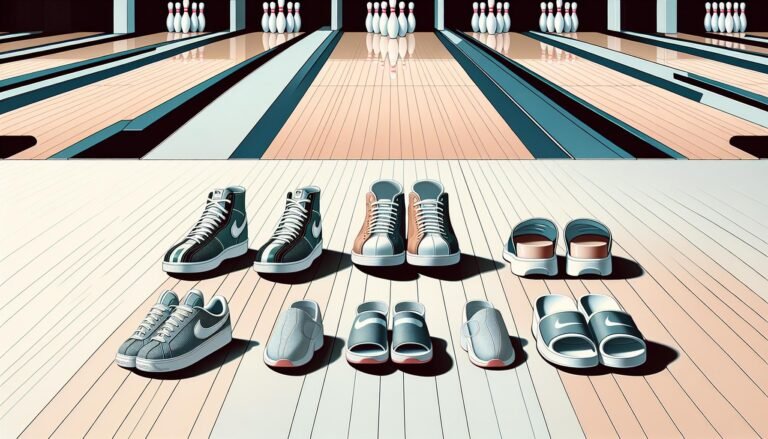
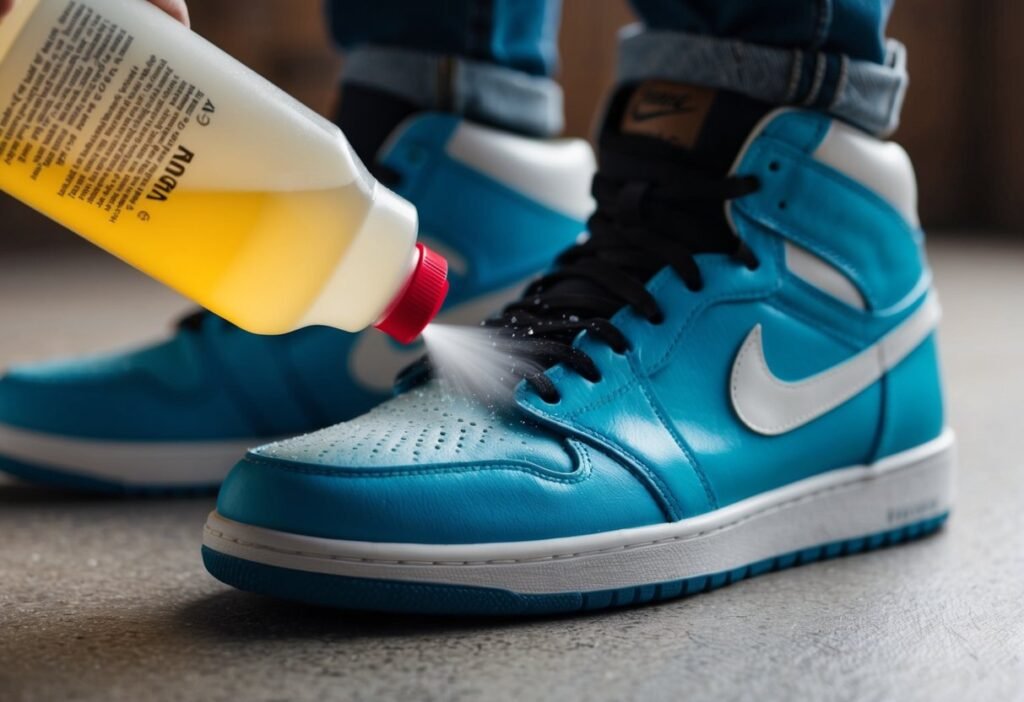

[…] which protects their unique style and preserves their quality. When properly looked after, these native American heritage clothing pieces can maintain their beauty and functionality well beyond the standard lifespan of regular […]